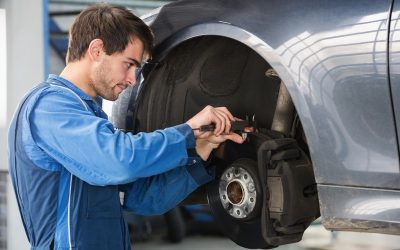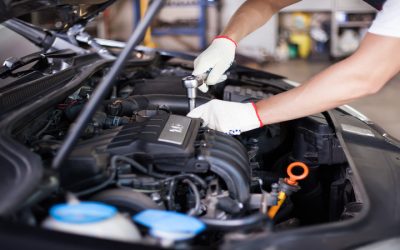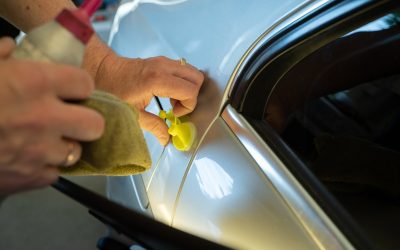Manual transmissions might be less popular than in the past, but they still have their fans and advantages. Only around one in twenty-five passenger cars sold in the United States today comes equipped with a manual transmission, with automatic gearboxes taking up the vast majority of the market. Thanks to so many technological advances related to automatic transmissions, these modern power trains often deliver a level and kind of service that does indeed suit the average driver. For those with more demanding requirements or who simply love the experience of driving, though, a manual transmission will often remain the superior choice.
One sometimes-overlooked advantage of a manual transmission is that the costs associated with maintenance and repair tend to be lower than with an automatic one. Because manual transmissions are quite a bit less complex than automatic gearboxes, they tend to be easier to work on and require less expensive replacement parts. Even so, one particular part of a manual transmission will often be more vulnerable to wear and degradation than any component of an automatic one. Fortunately, arranging for a Clutch Replacement in Queen Creek is typically quite affordable and easy to do.
Click here and the process will become clear. The clutch that engages a manual transmission will comprise several parts, with a pair of discs designed to produce friction doing the brunt of the work. As these plates wear over time, the clutch’s useful life ticks down as a result, until it will become time for local drivers to seek out a Clutch Replacement in Queen Creek to put things back in order.
The work itself can be fairly involved, but will generally be of a routine-enough sort that surprises will be rare. Gaining access to the clutch will typically make for the single greatest challenge, with an hour of labor or more often being expended on this alone. Once that has been taken care of, the new parts installed, and everything put back together, though, the process will almost be complete. All that will then normally be required will be to adjust the tension and relief in the system to account for the installation of the new parts, with tens of thousands of miles of reliable service being the norm thereafter.


